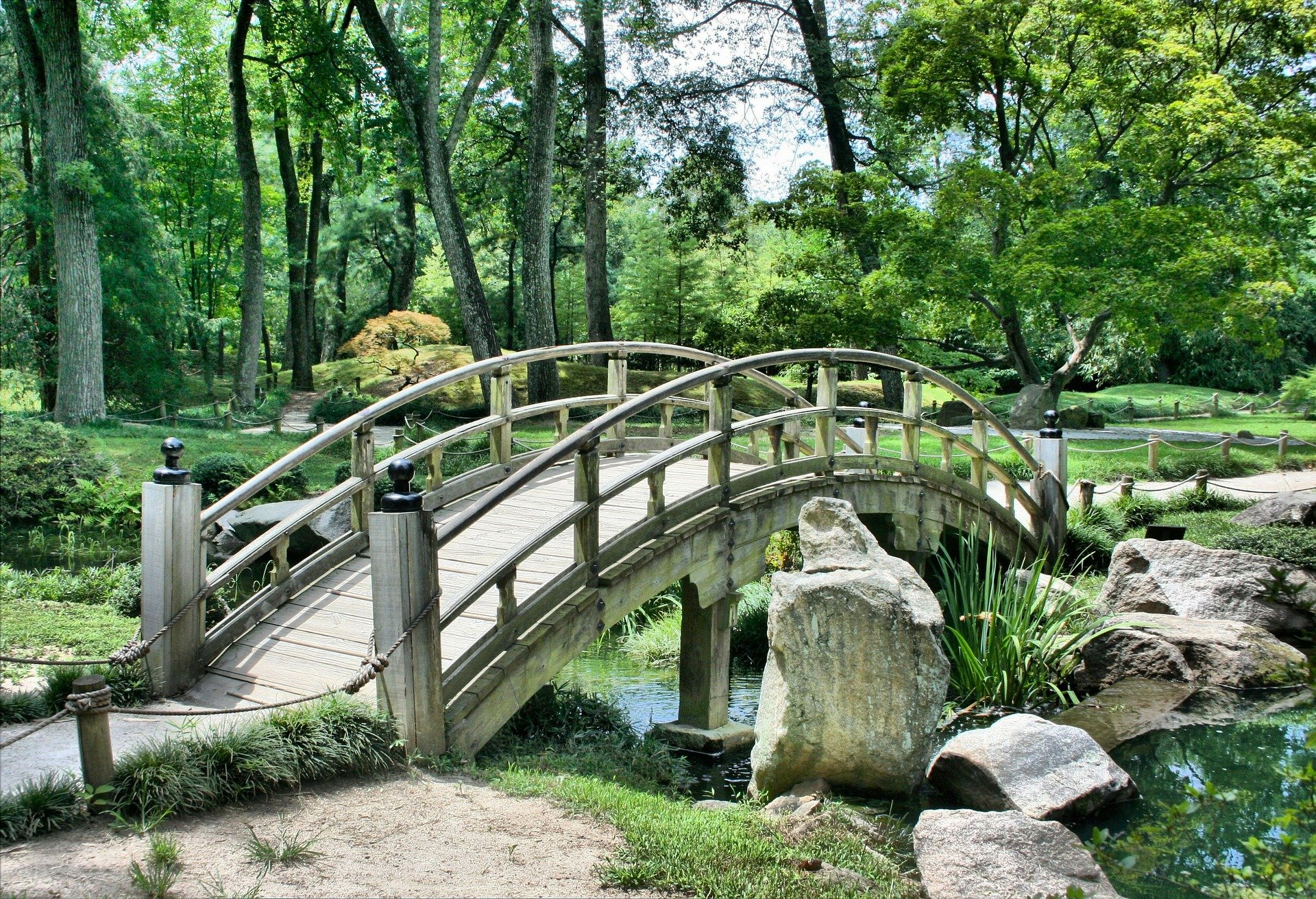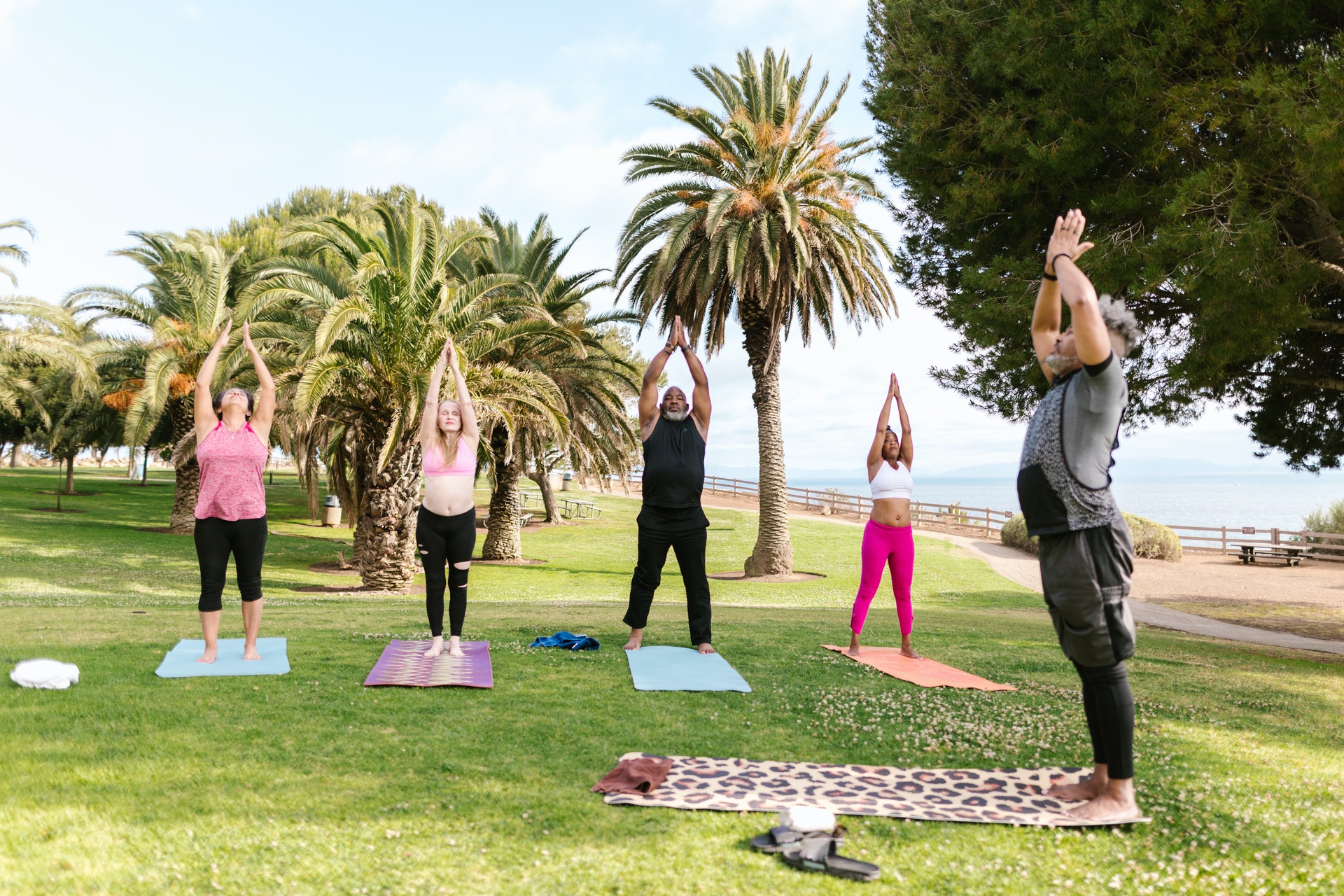Landlord Blog
Education and news for smart DIY landlords!
What Is Wellness Real Estate? (And What It Means for Buyers and Sellers)

The prioritization of healthier living for residents in real estate has grown for the past decade. It is caused by the realization of homeowners that obsolete building practices, community planning, and urban development do not benefit the lives of residents in the long term.
Because of this realization, a demand to reform property-building has emerged. And that call for reform birthed Wellness Real Estate. So what is it exactly? What features does Wellness Real Estate have that make it better than traditional residential property drafting, planning, and building? And what are the advantages for buyers and sellers? Let’s answer them below.
Wellness Real Estate Defined
Wellness Real Estate is a principle of designing homes and building them in a way that puts or supports the holistic health of their residents first. It means that real estate investors and contractors follow the value of drafting, building, and maintaining residential and commercial properties using energy-saving, eco-friendly, healthy, and family-friendly principles.
What Drives the Demand for Wellness Real Estate?

As information becomes widely available to the public, ordinary people have more access to research and studies about the environmental, physical, emotional, and mental impact of the old home and community-building practices.
When people are well-educated about the negative long-term effects of obsolete real estate formulas on health, the demand for better approaches increase. Among those better approaches is Wellness Real Estate.
Wellness Real Estate Features

- Wellness facilities - Detached homes must have a dedicated space to set up fitness equipment. Closed-quarter living spaces must have shared areas where residents can buy healthy foods, exercise, take yoga, wellness classes, and keep their mental health in check.
- Non-toxic, locally sourced, and sustainable construction materials - All forms of properties must be built from top to bottom using products that don’t affect human and animal health once they degrade. These materials must also be manufactured and sold locally using recycled products.
- Natural walls/indoor garden spaces - Homes must have green elements that are conducive to plant growth.
- Proximity to nature, increase walkable areas - Surroundings must have trees and plants where residents can exercise, relax, and breathe fresh air.
- Home air purification, reduced heating/cooling, high-quality indoor air, and water - HVAC and plumbing house elements must have high-quality filters that keep indoor air and water supply clean while reducing resource consumption.
- Plastic-free environments, composting, and waste recycling - Nearby shops in commercial communities must work with local authorities requiring consumers to bring eco-bags. There must also be composting pits for organic waste and segregation bins.
How Can Buyers and Sellers Take Advantage?

Advantages for buyers
- Homebuyers who decide to purchase a property that’s designed with the values of Wellness Real Estate can guarantee that they and their children will live without health issues caused by water and air pollution.
- In the long run, Wellness Real Estate properties will increase value as more people will demand properties built with the principles in mind. This is a great opportunity to gain profits for buyers.
Advantages for sellers
- Because Wellness Real Estate homes are highly in demand and the need for these properties increase with time, sellers can expect to get quick deals from bidding buyers.
- Sellers with a good eye for getting the best deals can quickly refinance their profits to buy more Wellness Real Estate homes. Some can choose to follow the BRRRR method of real estate investment or become landlords for multiple units and receive a stable source of monthly income.
Wellness Real Estate in principle is simply an upgraded version of modern house-building practices. The main difference is that instead of wasting space in the property and community, it utilizes the unused areas for wellness activities and the growth of plants while being more strict in managing human waste.
More good reads here!
